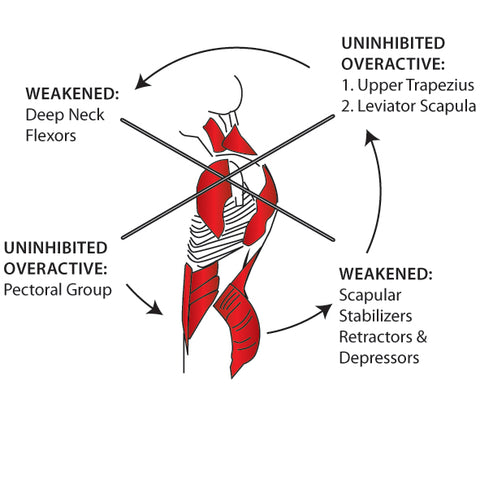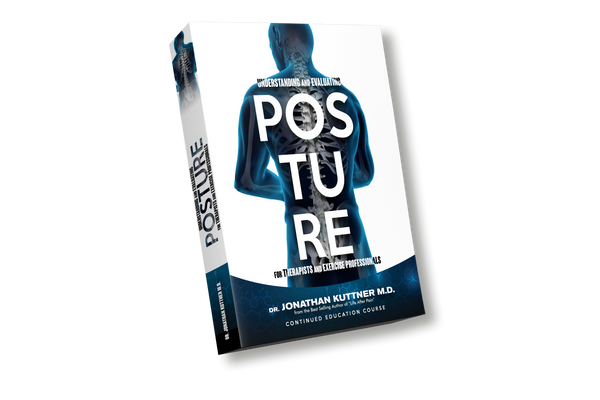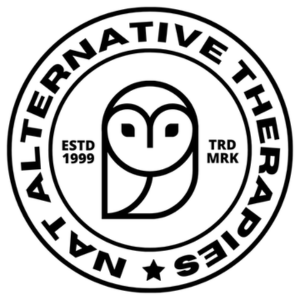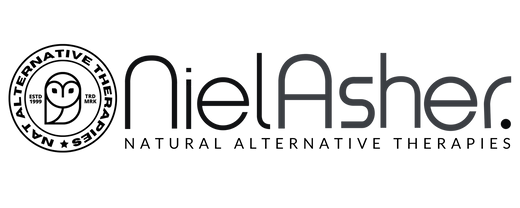Postural Trigger Points - Back, Shoulder and Neck Pain
Upper Crossed Syndrome Explained
Postural muscles tend to have a greater percentage of Type 1 fibers. This characteristic may lead to a more resistant type of trigger point.
The majority of your clients may have occupations that involve prolonged sitting, often at a computer screen, and increased use of mobile devices and tablets.
Ergonomics is a booming industry, focusing on the interactions of people and their working environments; however, not all workplaces can afford to implement proper ergonomic interventions.
Long and monotonous days spent in front of a computer screen often lead to chronic and maladapted postures, which in turn may lead to trigger points.
Over time, these trigger points make their host muscles shorter and less efficient. These "postural" trigger points may be responsible for up to 95% of common back and shoulder pain disorders.
Wherever possible, it is essential to identify the client's postural abnormalities, as shown in the video on this page.

Trigger Points and Posture
When you talk with your clients about the importance of posture and trigger points, they will usually appreciate the advice, and start to schedule for more frequent massage, trigger point and bodywork sessions ... and that helps them to be healthier and happier!
Trigger points are common in the following postural structures: upper trapezius, levator scapulae, sternocleidomastoideus (SCM), erector spinae, musculoligamentous apparatus of the lumbar spine, gluteus medius, and gastrocnemius/soleus complex.
UNDERSTANDING AND EVALUATING POSTURE
NAT PRO SERIES COURSE

Click for Online Course Details
Useful Links on This Website
Find a Trigger Point Professional in your area
Dry Needling for Trigger Points
Certify as a Trigger Point Therapist
This trigger point therapy blog is intended to be used for information purposes only and is not intended to be used for medical diagnosis or treatment or to substitute for a medical diagnosis and/or treatment rendered or prescribed by a physician or competent healthcare professional. This information is designed as educational material, but should not be taken as a recommendation for treatment of any particular person or patient. Always consult your physician if you think you need treatment or if you feel unwell.

The Gold Standard in Continuing Education and Online Training
Massage Therapy, Sports Massage, Strength and Conditioning, Stretching, Mobilisation and Manipulation, Cranio-Sacral Therapy, IMS Dry Needling, Acupuncture, Acupressure, Trigger Point Therapy, IASTM, Resistance Training, Bowen Therapy, Vestibular Rehabilitation Therapy, Podiatry, Oncology Massage, Sports Nutrition, Traditional Chinese Medicine, Somatic Therapy, Prenatal Bodywork and Massage, Anatomy, Biomechanics, Clinical Reasoning, Pilates, and Yoga.



















